|
Well, once again, we are officially in the throes of the holiday season. With Thanksgiving out of the way, here comes the annual onslaught of Christmas-themed decorations, commercials, movies, television holiday-specials, and best (or worst) of all—Christmas music. Earlier last week, I somehow I managed to hear a sneak preview of the “audio yuletide Armageddon.” I became engrossed with the holiday classic, “Home for the Holidays.” This particular version wasn’t the Perry Como original, rather it was the peppy rendition as sung by the Carpenters. Hey, don’t ask me how I found myself in this predicament—It certainly wasn’t a rainy day, or a Monday for that matter, but at the particular moment I did find myself haplessly “hangin’ around” with “nothin’ to do but frown.” That is, until I got this magical little pick me up in my system! Suffice it to say, the song ended up inspiring me to choose this week’s story subject. The lyrics written by Al Stillman in the early 1950’s still reign true: “Oh, there's no place like home for the holidays, 'Cause no matter how far away you roam, When you pine for the sunshine of a friendly gaze, For the holidays, you can't beat home, sweet home.” Frederick, Maryland has been my home now for this, my 44th holiday season. I had spent seven previous years in Delaware and Virginia, but Frederick has served for my true, “sweet home” for the vast majority of my existence. Especially poignant in my 50-year-old mind is the Frederick of my early youth, and the family-based holidays spent in our rural, Indian Springs/Yellow Springs area home and neighborhood. I grew up here in the 1970’s and 1980’s. I’m sure this same sentimentality reverberates in the hearts of many of my childhood friends—those who stayed local, and those who moved away such as my brothers residing in Orlando, Florida and Brooklyn, New York respectively. Whether it’s Clover Hill, Tulip Hill, Linden Hills, Downtown Frederick, or Monocacy Village, “Home for the Holidays” could have the same meeting for residents, or former residents. The municipality has continued growing larger and larger with passing decades—more memories for more people I guess. It got me really thinking about different places in and around town: “What is the quintessential Frederick neighborhood?” What would catch the eye of Norman Rockwell? That’s right, the famed illustrator and artist whose name is synonymous with not only the holidays, but more so, American culture, much of which has faded over the decades as Frederick (and the country) has grown larger. From the “Roaring Twenties” to the turbulent Sixties, people throughout the country eagerly anticipated the Christmas season and Rockwell’s festive images, originally appearing on the covers and pages of their favorite magazines, and on holiday cards that brought the spirit of the holidays home. Often criticized by art purists, he possessed a special talent “of appealing to viewer’s nostalgia for home, bygone times and a sense of universal good cheer and benevolence.” The artist once remarked: “I showed the America I knew and observed to others who might not have noticed.”
Elihu H. Rockwell For a brief genealogy lesson, and sketch of the life of Elihu Rockwell, I submit the following eulogy given by Rev. Irwin P. McCurdy, pastor of Frederick’s Presbyterian Church. This took place during Rockwell’s funeral service held November 27th, 1883 at the (Presbyterian)church’s location on W. 2nd Street. Elihu Hall Rockwell was born on the 15th day of July, 1790, and consequently at his death he was in his 94th year. He was a native of Middletown, Connecticut, where his great-grandfather Joseph Rockwell, had settled in 1692, which was nearly two centuries ago, and exactly two centuries after the discovery of America by Columbus. Mr. Rockwell belongs to a respectable and illustrious line of ancestors. His great-grandfather who settled in the town where our deceased brother was born, was a grandson of Deacon William Rockwell, who came to this country from England in the ship “Mary and John” in 1630, which was 10 years after the landing of the “Pilgrim Fathers” on Plymouth Rock from the “Mayflower.” Deacon William Rockwell was one of the principal men of the company that settled the town of Dorchester, Massachusetts. He was a native of the west of England, and of good family and of good estate. He belonged to that family in England, and of good family and of good estate. He belonged to that family in England which traces its origin back to Sir Ralph de Rockville, a Norman Knight, who accompanied the Empress Maude into England, when she claimed the throne of that realm. Sir Ralph de Rockville ultimately joined King Henry II, and had a grant of three Knights of land in the county of York upon which the estate the Rockwells have continued until the present day. Deacon William Rockwell, who came from England more than two and a half centuries ago, is the ancestor of all that name in America. He remained at Dorchester, Mass., until 1636, when he with the greater portion of the colonists removed to Windsor, Connecticut, taking with them their pastor who had accompanied the colony from England. Deacon Rockwell died in 1640, and subsequently, his widow married Matthew Grant, who had come over from England in the same vessel with the Rockwell family. From this union descended the Grant family of which General U. S. Grant is its most illustrious representative. Thus, the ancestors of our departed brother (Elihu Rockwell) and those of our ex-President were the same. Mr. Rockwell was educated in a classical institution in his native town, and paid special attention to mathematics, especially surveying and civil engineering. In 1814, almost seventy years ago, at the age of twenty-four, he accepted a position to teach in an academy at Mount Pleasant, in this county, to which he had been recommended by his pastor, the Rev. Mr. Huntingdon, the father of the late distinguished Bishop Huntingdon. He remained at Mount Pleasant for a few years (until 1820), after which he established an academy at Liberty, in this county, which bore a high reputation of learning, and which was continued until recently. Among his students may be mentioned many of the prominent men of the county today and several outside of it. He continued in the academy at Liberty until 1837, after which, as well as during the time in which he was teaching, he was employed as a surveyor and civil engineer in various parts of the surrounding country until a few years ago. Twenty-eight years ago he removed from Liberty to this city (Frederick in 1855), where he has had his home ever since until last Sabbath evening (Nov. 25th, 1883). God called him to his eternal home in heaven, and he has his residence today in that ‘house not made with hands, eternal in heavens’. Elihu Rockwell was a man of great accuracy and high reputation; a church officer of remarkable wisdom; a citizen who stood in the front rank. But it was the balance of his powers, the beautiful adjustment of intellectual and moral qualities with refinement of culture, and unique individuality of character, speech, and action, which constituted the general excellence of the man.” Rockwell’s body was accompanied by quite a procession to Mount Olivet Cemetery, where he would be laid to rest in Area E/Lot 16 beside his twin daughters Alice and Rachel, who both predeceased him decades before. The girls were born in August, 1838, just 13 months after Elihu Rockwell married Mrs. Rachel Wagner Wiestling of Libertytown, widow of Rev. Jacob H. Wiestling.  A Terrace is Born In 1854, Rockwell bought the parcel of land on the west side of N. Bentz Street, opposite W. Third Street. It was purchased for the sum of $1,600 from Dr. William Tyler. Elihu Rockwell went about building a large home directly facing east towards Third Street, in what is today the street bed of Rockwell Terrace. His place of worship, the Presbyterian Church, was only 100 yards to the southeast of his door. Rockwell was living here during the disruptive period of the American Civil War. He described the scene in a letter to Mrs. E. R. Coleman: “At the same time imagine a bloodthirsty gang of desperados drawn up in a battle array, drawing nearer and nearer, throwing their shells into the heart of the city, some bursting near us, one entering the Presbyterian Church and falling directly over the pulpit.“ Elihu Rockwell and his wife would live in this vicinity until their respective deaths—his in 1883 and Rachel’s three years later in November, 1886. The commodious house would revert to Elihu’s reclusive step-daughter Maria K. Wiestling. Wiestling would play an interesting, yet controversial, role in the legacy of Rockwell Terrace—but more on that in a minute. According to the "History of Frederick County, Maryland, Volume 1," published in 1910 by Thomas John Chew Williams and Folger McKinsey, it is said that “the wide avenue was named in memory of Elihu Hall Rockwell. Rockwell acquired the land and, after his death in 1883, the property was purchased by Frank C. Norwood, who, in 1905, laid out Rockwell Terrace.” The authors go on to note: “the street was carefully macadamized ... Norway maple shade trees planted along both sides; the grade of the streets and of the houses established ... building regulations established to guarantee uniformity of character of the houses and the stipulation that "no intoxicants of any kind are allowed ever to be sold or in any way traded in—such stipulations being made in the deeds to purchasers." As trolley lines and the advent of automobiles enabled people to move from the center of Frederick, some had relocated to this suburban development laid out and recorded in 1905 by local lawyer/former state senator turned businessman Frank C. Norwood. The area fast became the most desirable location in town and additional new neighborhoods would continue to be built under the leadership of Norwood and his West End Realty Company. In researching this further, I found that Mr. Norwood came under a great deal of scrutiny and cross examination in the Frederick County Court in October of 1901. This was nine months after the death of Elihu Rockwell’s step-daughter and sole heir, Maria Katherine Wiestling. Miss Wiestling had died an old maid at the age of 79. Some said she was crazy, others say she was simply plagued by ill health, which kept her immobilized. These latter folks said her mind was brilliant and “as sharp as a knife.” Whatever the case may be, a week-long trial was held to contest her will, with emphasis on her mind and intent. Apparently the bulk of the Rockwell fortune involving money, land and belongings was left to a cousin of the aged woman—none other than Frank C. Norwood. Norwood was also named sole executor. Tensions had escalated when it was discovered and determined that Mr. Norwood had actually written the last will and testament for Miss Wiestling, and in his own hand. Apparently, the will had undergone some new revisions, having originally been written in 1893. After numerous witnesses and experts were called to the stand, including Mr. Norwood, the jury would not reverse the intention of the will in the favor of Miss Wiestling’s family. The Presbyterian Church also lost out on a small fortune promised by Elihu Rockwell in his earlier will, contingent on the sale of his landholding opposite W. Third Street. Frank C. Norwood was not found guilty of any wrongdoing. He now went into action, soon demolishing the old Rockwell family mansion in order to open a street into his new suburban oasis on the northwest part of town. He would build 31 homes. Additional land was purchased from the German Reformed Church and Lewis Dill (namesake of another Frederick roadway). Norwood made a fortune in the process, and the door was open for future expansion in this vicinity. Newly renamed Hood College opened their spacious campus here in 1913, followed by the construction of the College Park neighborhood subdivision in the 1920’s, with such useful amenities as Baker Park and Culler Lake.  If nothing else, at least Norwood affixed the beloved schoolteacher’s name to the broad avenue that bisected his regal neighborhood. And yes, it was for Elihu, because Norman Rockwell was only a boy of 11 years old and living in New York City at the time. Thank you Elihu Hall Rockwell for being the genesis of upscale suburban living in Frederick. In 1974, ninety years after your death, my family moved from Wilmington, Delaware to Stonehouse Road, within the new northwest suburbs of Frederick City. My childhood wasn’t quite Rockwell Terrace, but it surely was “Rockwellesque.” “Oh there's no place like home for the holidays, 'Cause no matter how far away you roam, If you want to be happy in a million ways, For the holidays, You can't beat home, sweet home” Two Addendums Somewhere in the past, I had heard, or read, that Elihu Rockwell's house was not demolished, rather it was dismantled and rebuilt on the south side of Rockwell Terrace along Bentz Street's west side. I was not able to confirm this before publishing this story, but would invite comment from anyone in the know. I did however, find a news clipping from May, 1904 that mentioned that this could have been a future possibility due to the necessity to move the Shriver family cemetery that once stood in the area directly south of the Rockwell residence (along Bentz). One of the best newspaper clippings uncovered in my research of Elihu Rockwell was from 1911, and tells the story of an unwelcome "heavenly visitor" to the angelic neighborhood. A Third Addendum (added January, 2021) My research assistant, Marilyn Veek, found the following information about the Rockwell mansion. Frank Norwood sold the house in April 1904. It was bought by Charles Klipp, who according to a Frederick News article, tore it down and used the materials to build a house on West Fifth Street. The house he built is at what is now 263-265 West Fifth Street. It is a nice brick house, so maybe he rebuilt it to look very similar to the original house. Klipp had bought the lot in 1902 when the "North West Addition" was being sold off as lots. He sold the house in 1908. *Special thanks to my friend the Hon. Sandra K. Dalton, Clerk of the Frederick County Court, for providing me with a facsimile copy of Maria K. Wiestling's last will and testament
6 Comments
It's officially been one year since we introduced the "Stories in Stone" blog feature. Now it's time for a slight change after 52 consecutive weeks of introducing readers to just a small sampling of the 40,000+ special "life stories" that constitute the population of Mount Olivet Cemetery. The stories will continue to come as we wrap up this year and head into 2018, however, new editions will come bi-weekly instead of weekly. In the "off weeks," we will offer a reprise of some of our finest pieces from the past year. This all comes as a result of something new and equally time consuming that I'm presently researching and building for the cemetery. I'd like to introduce you to a new auxiliary website entitled Mount Olivet Veterans, with an email address of http://www.mountolivetvets.com. This venture will one day document and showcase all veterans buried within the cemetery, ranging the gauntlet of American History and boasting connections to every armed conflict our country has taken part in.  As many already know, Mount Olivet is considered one of the most distinguished, and beautiful, burial grounds in the country. Meanwhile, it serves as the final resting place for unselfish patriots who bravely served their country under the same flag so proudly hailed in 1814 by fellow cemetery resident and Frederick native, Francis Scott Key. Of those reposing in Mount Olivet, some veterans died amidst military combat, while others succumbed to wounds and sickness acquired in the line of duty. The vast majority came back home from the battlefields and lived out full lives dedicated to family and professional pursuits. Most returned with the full understanding that freedom is not necessarily free, as great sacrifices are made to protect that freedom. The new website can best be described as "a work in progress," and will continually be added to. We humbly ask for the assistance of descendants, historians and friends to provide us with photographs and/or additional information of note. We also want to link to other sources of information regarding our vets, and the training and battles they participated in. As opposed to a finished publication like a book, we will have the opportunity to add supplemental images and information at will, while also having the ability to correct errors and misnomers. We hope this site provides an educational and informational portal, one that sheds light on why Frederick, Maryland has always been linked to patriotism and the American flag. 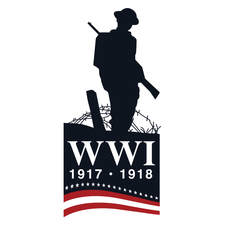 We have a large challenge ahead, but are excited to provide this site on behalf of the cemetery operation and the newly created Mount Olivet Preservation and Enhancement Fund, an IRS accredited 501(c)3 non profit, with fiduciary oversight to be handled by the Community Foundation of Frederick County. Our starting point with the website will involve World War I, as we are currently within the centennial commemoration. The launch of this site occurs in November, 2017 with an eye looking towards next November, 2018. Our goal is to compile veteran profiles on nearly 500 soldiers, marines and sailors linked to "the Great War." We want to complete this task by Armistice Day (November 11th) of 2018, at which time we hope to have a large-scale, public commemorative event to usher in the 100th anniversary of the end of the war. In the meantime, I will be busy researching World War I veterans buried here in the cemetery. The goal is to introduce an average of 20 or so of these veterans through the website on a biweekly (every other week) schedule. The order of release on the site will be tied to death week/date anniversary. Our first batch of veterans includes the weeks November 11-17, November 18-24, and November 25-December 1. Our secondary role for the website (behind adding archival information and photographs) is bringing attention to old gravestones and markers within the cemetery. We have the opportunity to work with families and fellow history groups to clean and/or make necessary repairs to grave monuments and markers. This is particularly true of graves associated with veterans of earlier conflicts than later. Some of these are unreadable due to the effects of pollution and acid rain. Others have toppled due to ground shift and the lacking of proper underground foundations. We also would like to see special commemorative medallions signifying graves without military issue markers, and trees planted in the honor of servicemen. These, as well, are the aims of the new Mount Olivet Preservation and Enhancement Fund. The sky is the limit, and we hope to garner the support of interested descendants and others interested in our veterans at rest here in Mount Olivet. That said, we would like to provide future commemorative events and programming, enhanced tourist experiences along with the formentioned added documentation to the cemetery history archives/websites, monument repair and special plantings. The Mount Olivet Veterans website is currently quite sparse as it only includes inventory records associated with World War I participants. Next year, we hope to tackle Civil War soldiers and beyond in an effort to have all Mount Olivet veterans represented on the site. Future plans include the French and Indian War, American Revolution, War of 1812, Mexican-American War, Spanish-American War, World War II, Korea, Vietnam and Desert Storm, etc. Below is a friendly link to the new Mount Olivet Veterans website. Let us know your thoughts...and as the highway construction signs always say: "Please Pardon our Progress" as we continue to strengthen Mount Olivet's history records, while making the grounds look even better. President Theodore Roosevelt once observed: “No nation has the root of greatness in it, unless in time of need, it can rise to the heroic mood.” Whether it’s Veterans Day, Memorial Day or July 4th, the self-evident truth of this statement can be readily found among countless monuments and memorials that populate Frederick’s Mount Olivet Cemetery. Many know Mount Olivet as the final resting place of Francis Scott Key and Barbara Fritchie, two former residents of town who gained national fame thanks to a song and a poem—both written about the US flag under attack by the enemy. In addition, Mount Olivet is also home to over 4,000 veterans connected all major military conflicts of the 18th, 19th and 20th centuries. While it’s easy to fathom Revolutionary, Civil War and World War II soldiers, it’s the other wars that get overshadowed by romantic nature of the fore-mentioned “Big 3.” The most popular wars that people forget are the War of 1812, the Mexican War and World War I. And it’s this latter conflict which currently has the best chance for remembrance as 2017-2018 marks the centennial commemoration of US involvement in the first ever World War. In a recent study of all cemetery records, we have found nearly 500 veterans of World War I resting in Mount Olivet. Only 14 individuals are known to have been killed in action and/or service-related deaths. The vast majority of veterans of this conflict succumbed years and decades later from a myriad of things. The last of which to enter Mount Olivet was a veteran of great distinction who died 90 years after first entering military service. Contrary to popular belief, this individual was also a woman—a lady by the name of Charlotte Louise (Berry) Winters.  Frank Buckles, last surviving veteran of World War I Frank Buckles, last surviving veteran of World War I Charlotte Winters died on March 27th, 2007 and was laid to rest in the FF Area of Frederick’s Mount Olivet Cemetery. She had attained the age of 109. Mrs. Winters was the oldest Navy veteran at the time of her death, and more so, the final living female veteran of World War I. She was among a select group of 10 surviving veterans from this conflict. In case you were wondering, here is a list of “the last” from each military branch: Air Force Homer Anderson (d. September 23, 2006 at the age of 108) Army Frank Buckles (d. February 27, 2011 at the age of 110) Navy Charlotte Winters (d. March 27, 2007 at the age of 109) Navy Lloyd Brown (d. March 29, 2007 at the age of 105) As can be seen, the last Navy veteran of World War I, Lloyd Brown died just two days after Charlotte. The last veteran of the war, Frank Buckles, died in 2011. He was a resident of nearby Charles Town, WV. Charlotte lived out her final years in close proximity to Buckles, just north of the Potomac River at a nursing home in Boonsboro, MD. A funeral church service was held in Charlotte’s honor at Frederick’s All Saints’ Episcopal, an event which included attendance by several members of news media and honor guard, pall bearers, and firing party from the Navy Ceremonial Guard. Adm. Mike Mullen, Chief of Naval Operations, attended the service and remarked: "Every Sailor in our Navy joins me today in mourning the passing of our shipmate, Charlotte Winters. We offer her family and friends our deepest sympathies and most heartfelt condolences." Early Years Charlotte Berry was born November 10th, 1897 in Washington, DC. She was the daughter of Mackall Cox Berry and wife Louise Bild. She had a younger sister, Sophia. Mr. Berry was a Baltimore native and worked as a manager at a clothing store. Charlotte's mother was the daughter of Prussian immigrants. The family lived at 22nd and Channing streets in the Langdon Park neighborhood located in the northeast part of the District of Columbia. Sadly, Charlotte lost her mother when she was 12 years old in 1909. Her namesake paternal aunt, Lottie Berry, would move in with the family and help Mackall raise his two daughters into adulthood.  Josephus Daniels, Secretary of the Navy from 1913-1921 Josephus Daniels, Secretary of the Navy from 1913-1921 At the age of 19, Charlotte had a desire to join the US Navy. This could have been influenced by a childhood next-door neighbor who worked as a machinist at the Washington Naval Yard. There was no opportunity or place for women to serve in this military branch at the time. Charlotte’s father was friends with Franklin D. Roosevelt, currently serving as Assistant Secretary of the Navy at the time. This relationship likely gave an opportunity for Charlotte to earn a meeting with Josephus Daniels, Secretary of the Navy. The young lady raised the question of why women could not serve their country through the military branches. This conversation occurred in 1916, and Charlotte’s query successfully helped persuade the Secretary to allow women to join the cause. Daniels investigated the matter and found that there was no prohibition against women serving in the Navy. Charlotte, along with younger sister Sophia Berry, immediately enlisted after the US entered into the war in April, 1917. Thousands of other women would follow her lead. 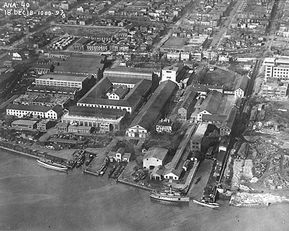 Washington Naval Yards during World War I Washington Naval Yards during World War I In the Navy Charlotte’s first assignment was at a stateside gun production facility—the Washington Navy Gun Factory, better known as the Washington Naval Yard. She held the rank of Yeoman 3rd Class (F), the “F” standing for female. A yeoman is an enlisted person within the United States Navy that performs administrative and clerical duties. In most professions and settings, this individual would work under the job title of administrative assistant. The yeoman of yesterday, and today, deals with protocol, naval instructions, enlisted evaluations, commissioned officer fitness reports, naval messages, visitors, telephone calls and mail (both conventional and electronic). They organize files, operate office equipment, and order and distribute office supplies. A Yeoman also writes and types business and social letters, notices, directives, forms and reports. The Yeoman (F)s, were popularly referred to as Yeomanettes, however, many were not fond of this play on the moniker.  US Navy Yeoman (F) typist on left US Navy Yeoman (F) typist on left At the time Charlotte Berry entered military service, the Navy and Marines were the only branches of the US armed forces to enlist women to serve in a similar status with men. The expanding Navy and Marines had a dire need for more clerks and stenographers, while also needing to free male Sailors and Marines for fleet duty. Recruited at first just for clerical duties, by the end of the war their jobs included being language translators and making munitions in factories. Records show that 11,000 Yeoman (F)s, 1,713 female nurses, and 269 women Marines (Marinettes) served in World War I. For many years, they, along with Army nurses, were the only women eligible to join the American Legion, and the only ones eligible to receive a bonus voted to veterans of "the Great War." Charlotte served at the Washington Navy Yard in Building 57, current home of the Naval Historical Center. She was one of the last Yeoman (F)s associated with World War I to be discharged. This was in late July of 1919, but Charlotte was immediately hired by the Navy as a civilian to fill her active-duty job. Winters was assigned to the Washington Navy Gun Factory, where she was a typist throughout the war. In his eulogy of Charlotte in 2007, Admiral Mullen remarked: "Ms. Winters was a trailblazer, one of a relatively small group of women to serve in our Navy during World War I. She did so honorably and nobly, helping through that service to bring freedom to millions of people all across Europe and hope to thousands of young women all across America. She and her shipmates answered the call when the nation needed them most. They worked hard. They struggled. They persevered, and they set a shining example. And, as in Ms. Winter's case, some stayed on to prepare the Navy to fight and win yet another World War. They were patriots, and we will remain forever in their debt." The Yeoman (F)s were of such invaluable service to the country that there was no question of women returning to Navy service during World War II as the WAVES (Women Accepted for Voluntary Emergency Service). The success of the WAVES in turn paved the way for the permanent establishment of women in Navy in 1948.  Charlotte Berry (c. 1930) Charlotte Berry (c. 1930) Charlotte Berry was a founding member of the National Yeoman (F) veterans' organization in 1926, and served as its eighth commander from 1940-1941. She was also a member of the American Legion for 88 years and one of 20 enlisted Naval Reserve women to found one of the first Legion posts in her native Washington, DC. Retiring in 1953, her connection with the Navy spanned from World War I through the Korean War. She would attain the rank of Yeoman (F) Second Class. The US Navy had major implications on Charlotte’s personal life as well, as her husband was a Navy man. She met and married John Russell Winters, a machinist at the Washington Navy Yard. The two wed on November 23, 1949. Before this time, Charlotte had continued to live with her widowed father and aunt on V Street in Northeast DC.  The couple would not have children, but kept busy with hobbies, travel and interests. Until the early 1980s, Charlotte and John visited Revolutionary War and Civil War battlefields. They documented battle strategies and the lives of the soldiers who had fought there. They visited every state, except for Hawaii. After spending the majority of their lives in Washington DC, the Winters chose the Maryland county named for our first president to call home. They were introduced to Washington County through many pleasure and research trips to Antietam National Battlefield, and nearby South Mountain State Battlefield. Charlotte would donate her documentation of thousands of Civil War graves to the Washington County (MD) Public Library. This can be found in the Western Maryland Room. Charlotte donated her uniform and other military objects to the Navy Museum in Washington, DC. The Yeoman (F)s like Charlotte would set a standard of excellence for women in the U.S. military which is carried on to today.  John Winters died in April, 1984. He would be buried in Mount Olivet, a choice made due to the fondness of the couple of the patriotic and military spirit encompassed here. Charlotte died nearly 23 years later on Tuesday, March 27th, 2007 at the Fahrney-Keedy Memorial Home and Village, located in Boonsboro. She was 109 years, 4 months and 17 days, but who’s counting, right. Her obituary appeared in newspapers across the country. Charlotte Louise (Berry) Winters was laid to rest by her husband's side on March 30th, 2007 in Area FF/Lot 69. Her flag-draped coffin was carried to her gravesite by the Navy's Ceremonial Guard. So much for old “patriot-related” superlatives…it’s time to re-evaluate. Many think of Francis Scott Key and Thomas Johnson, Jr. to be the greatest patriots in Mount Olivet. In the same breath, you would assume Barbara Fritchie to be the cemetery’s top female patriot, while being the oldest living patriot at the time of her death. Now it’s time to include supercentenarian Charlotte Berry Winters in the conversation, and give praise and remembrance to each and every military veteran that has Mount Olivet Cemetery as his, or her, final resting place. Thank you all for “rising to a heroic mood.” (Special thanks to the US Navy and Charlotte Winters' beloved niece, Kelly Auber, for many photographs used in this story)
“Election Day” is upon us once again. Most of the country’s voters will head to the ballot box on Tuesday, November 7th. Why is this day chosen for that of “election day” you may ask? Well, it goes back to following a federal statute dictating general elections of federal public officials—that elections for various federal, state, county and municipal public offices will take place on "the Tuesday next after the first Monday in the month of November" or "the first Tuesday after November 1st.” In 1792, US federal law allowed states to conduct presidential elections in which to choose their presidential electors. This could occur at any time in a 34-day period before the first Wednesday of December, the day set for the meeting of the Electoral College in respective states. An election date in November was advantageous because the harvest would have been completed, and winter weather would not be as harsh as subsequent months. This worked for 52 years up until 1845, when the US Congress picked a uniform date for choosing presidential electors. The country was still largely an agrarian society, and Tuesday was chosen because farmers often needed a full day to travel by horse-drawn vehicles to county seats to vote. Tuesday was established as “election day” because it did not interfere with Sundays (Sabbath days) or Wednesdays (traditional market days in many towns). On the federal level, we’ve had some memorable US presidential elections over the last two decades. One such was the “dangling chad” victory by George W. Bush over Al Gore in 2000. Eight years later, Barrack Obama, the country’s first black president was elected in 2008. Another eight years passed without major fanfare until last year’s monumental election. It was a day to remember for sure, and one of the biggest upsets in our country’s election history, comparable to Abraham Lincoln’s victory in 1860. You can say that both elections (2016 and 1860) brought out plenty of ugliness from supporters and opponents of each candidate. In time, the consequences resulted in “civil wars,” and in many cases pitted “neighbor against neighbor,” “co-worker vs. co-worker,” and “brother against brother.” A sign of the times, most of the “fighting” associated with the 2016 contest has played out through mainstream and social media, not through armed conflict. Luckily, the 2016 election, unlike that in 1860, hasn’t resulted in wide-scale violence or bloodshed—or has it? The presidential race, along with gubernatorial contests can get quite messy at times as emotions can run high in both supporters and adversaries of candidates. The same can be said for congressional seats and state legislature “battles.” And yes, we have even seen unpleasantness displayed at the local county and municipal level. However, everything is relative, and although some emotions can run high, by in large, lesser stakes are easier to forgive, and move forward from. Election Day 2017 in Frederick pits some great candidates against one another. It’s an exciting time for political wonks and those who exercise their right to vote, while many others decide not to participate at all. In any case, all shall be congratulated for making an effort, as most everyone involved wants our town, county, state and country to prosper, regardless of political affiliation. Let’s just hope we bypass events such as those which occurred here in Frederick during the elections of the early 1880’s. The Frederick community, along with the local news media, was dumbfounded by the “results” of the day.  Front Page News Started by local printers Thomas Schley and William T. Delaplaine, The Frederick News appeared in October, 1883. Their first edition hit the streets on October 15th. Not having a month of producing a daily paper under their belts, Schley and Delaplaine eagerly prepared staff for their first election coverage on Tuesday, November 6th. The election included the Maryland gubernatorial race, State Senate and House of Delegates races, and various county races including county commissioner, orphans court judge, states attorney, sheriff and surveyor. It was this Election Day edition that carried a proclamation from town mayor Hiram Bartgis: To the Citizens of Frederick: To prevent a recurrence of the disorderly and riotous conduct which disturbed the peace and brought discredit upon the reputation of our city the day of the election last year, I earnestly appeal to all good and law-abiding citizens to unite with me in strenuous efforts to preserve order and quiet, and the observance of the law on Tuesday next before and during the hours the polls are open, and after their close. It is made my duty as Mayor of the city to enforce the ordinance for the preservation of peace and order. In the performance of that duty I invoke the cordial cooperation of my fellow citizens of both parties that a united public opinion may give strength to the arm of the law, as I am determined under all circumstances that the law must and shall be observed and obeyed. Hiram Bartgis Mayor Nov. 5 1883 Apparently, not everyone heeded the mayor's proclamation. The headline story to appear on The Frederick News’ front page (and above the fold) on the following day had nothing to do with a candidate race or contested seat. No sir, it was about an election day outburst that left a young man shot to death in a local social hall in downtown Frederick. The victim was 29 year-old Charles F. Topper, an ex-policeman said to generally be of a quiet and intelligent disposition. The assailant, Daniel Kennedy worked as a brick-maker and quarryman and described as “a well-known rough character.” The place was Groff Hall, where black voters of Frederick had been invited and were being served whiskey and other liquors, while being influenced for their votes later in the day. Charles F. Topper lived on East Patrick Street, within the hostelry owned by his father on the southwest corner of E. Patrick and Water streets. The victim’s late father, Anthony J. Topper (1827-1876), was originally from Liberty Township, near Fairfield in Adams County, Pennsylvania. He was well-known in town as the proprietor of the aptly-named Pennsylvania Hotel, commonly referred to by townspeople as the Topper Hotel. The lodging space was regularly frequented by train travelers coming into town on the Frederick & Pennsylvania Line Railroad which once graced Frederick’s East Street. Charles assisted with the hotel operation, taken over by his mother upon his father’s death. He worked as a carpenter and appears to have had a feisty streak. I don’t know why he left the police force, but at the time in question he was said to have been associating with some people of "questionable reputation." Meanwhile, Daniel Kennedy was a resident of the area near the Brengle Lime Kilns east of downtown, located along the western boundary of the Great Frederick Fairgrounds. Kiln owner Fairfax Schley built housing for his workers on the south side of E. Patrick Street (closer to the main, and south east gates of the fairgrounds). The cluster of rowhouses east of Franklin Street would take the name of Schleysville, and was originally inhabited by Schley's quarry workers. Daniel Kennedy married Mary A. McLaughlin around 1861, but had no children. On “Election Day Eve” of 1883, both gentleman found themselves in the raucous confines of W. Fourth Street’s Groff Hall, a social place of entertainment and amusement that catered to both black and white residents of town. Capt. Joseph Groff and wife Susan ran this operation, along with a popular hotel located by the ornamental fountain at the intersection of N. Market and 7th Street. Groff Hall would later boast a roller rink, operated 25 years later by John H. Frazier and named the Diamond Roller Rink. On this particular night, and into the early hours of the next day (November 6th), Groff Hall was the scene of intense electioneering by candidates, politicians and other community leaders.
On this early morning of November 6th, a fight started between black patrons of Groff Hall well after midnight. Luckily it was quelled before getting out of hand. However, this wouldn’t be the case with Charles Topper. The incident, it was reported, “seemed to fire Topper’s blood for a row.” He apparently used the opportunity to taunt and sling slurs at his old rival who appeared to be minding his own business, conversing with acquaintances. Topper went to where Kennedy was sitting and replied: “Dan I can whip you.” This was answered by Kennedy, but both combatants were calmed by black patrons. The Frederick News claimed that they even went as far to shake hands afterwards. Shortly after, Daniel Kennedy and a friend (James Rogers) walked downstairs with the intention of leaving the club. Charles Topper followed, and yelled down to Kennedy, “Dan, you Son-of-bitch, are you going to leave me?” Daniel Kennedy is said to have replied, “Charley go away, I don’t want to have any disturbance with you.” Kennedy and Rogers promptly left, and Topper returned to the main social room of the hall. This was around 2:00am.  Frederick News (Dec. 10, 1883) Frederick News (Dec. 10, 1883) About ten minutes later, Daniel Kennedy and James Rogers returned from a jaunt down the street. They sat at the opposite side of the room from Topper, and began a conversation with Vincent Beander, a man of color. Meanwhile Charles Topper was having a conversation with Judge, and former Frederick mayor, Thomas M. Holbrunner. When Topper noticed Kennedy, he politely excused himself and made his way over to where Kennedy was sitting. Topper taunted his foe again, saying “Dan, you cannot whip me.” Kennedy replied that he could, and driven to despair, went one step further. He pulled a revolver from a pocket and fired a shot at his antagonist. Charles F. Topper dropped to the floor on his knees with his head and arm resting on a bench. Daniel Kennedy advanced toward Topper in this position and fired three more shots. He was heard to say, “That will fix him.” Kennedy calmly put his firearm back in his pocket and left Groff Hall. He immediately gave himself up to the first Frederick policeman he saw, one named Christian Lerch. Officer Lerch took Kennedy to the Mayor’s Office located above the Market House, current site of Brewer’s Alley Restaurant. After the story was recounted, Constable Christian T. Albaugh took charge of the prisoner and brought him to the Frederick jail and placed him within cell #7. The initial newspaper story reported that Daniel Kennedy was sober, and said that the killing was done in self-defense. The reports went on to say that on the previous night, Charles Topper told him to prepare himself for trouble. A later trial would show that both of these statements were not exactly true. Add to this the fact that Charles F. Topper was far from sober as well. Topper’s body was kept at Groff Hall until after the coroner’s inquest. Many of the dead young man’s friends had the unfortunate opportunity to view his bullet riddled corpse. Some stopped to “meditate” over the 33-year old man’s body, some shedding tears. The fallen citizen was buried the next day, with a funeral launched from his family home of East Patrick Street. It culminated with a burial service in Mount Olivet’s Area C/Lot 47. Topper was buried beside his grandmother, Mary A. Keller, a woman who lived to be 92. On hand at the graveside service were members of the Junior Fire Company, the Frederick Board of Alderman and the police department. Topper’s mother, aunt and first cousin would we interred in this lot over the next 22 years. The majority of his family (including his father) were laid to rest in Frederick’s St. John’s Catholic Cemetery. Daniel F. Kennedy would have his day in court four months later in mid-March of the the following year. The trial received great attention and articles appeared in The Frederick News, and also The Baltimore Sun. On March 18th, Judge Lynch of the Frederick Circuit Court convicted Daniel Kennedy of manslaughter and sentenced him to five years in the State Penitentiary. Kennedy would return to life in Frederick. He lived to experience the 25th anniversary of his slaying of Charles Topper, but died of stomach cancer just five days later. He would be laid to rest in the cemetery’s Area L/Lot 209, only about 10 yards from the grave of the Groffs who owned Groff Hall, the scene of the crime.  William H. Taft William H. Taft In case you are wondering who won the presidential election of 1908, this occurred one week prior to Daniel Kennedy's death on November 3rd. Kennedy, alleged to have been a Democrat, must not have been to pleased with the outcome of, what would end up being, his last election. The Republican candidate William Howard Taft received 321 out of 483 electoral votes to defeat challenger William Jennings Bryan to become our 27th president of the United States. Three years and four days after Daniel Kennedy's death, President Taft would come within 100 yards of Kennedy's grave site in Mount Olivet Cemetery. He was here in town on November 15, 1911 to give a speech on international trade at the Old Opera House (today's Brewer's Alley). The president made a visit to the grave/monument of Francis Scott Key. At the twilight's last gleaming, our largest president (to date) placed a decorative wreath at the foot of the FSK monument. |
STORIES
|
Archives
July 2024
June 2024
May 2024
April 2024
March 2024
February 2024
January 2024
December 2023
November 2023
September 2023
August 2023
July 2023
June 2023
May 2023
April 2023
March 2023
February 2023
January 2023
December 2022
November 2022
October 2022
September 2022
August 2022
July 2022
June 2022
May 2022
April 2022
March 2022
February 2022
January 2022
December 2021
November 2021
October 2021
September 2021
August 2021
July 2021
June 2021
May 2021
April 2021
March 2021
February 2021
January 2021
December 2020
November 2020
October 2020
September 2020
August 2020
July 2020
June 2020
May 2020
April 2020
March 2020
February 2020
January 2020
December 2019
November 2019
October 2019
September 2019
August 2019
July 2019
June 2019
May 2019
April 2019
March 2019
February 2019
January 2019
December 2018
November 2018
October 2018
September 2018
August 2018
July 2018
June 2018
May 2018
April 2018
March 2018
February 2018
January 2018
December 2017
November 2017
October 2017
September 2017
August 2017
July 2017
June 2017
May 2017
April 2017
March 2017
February 2017
January 2017
December 2016
November 2016



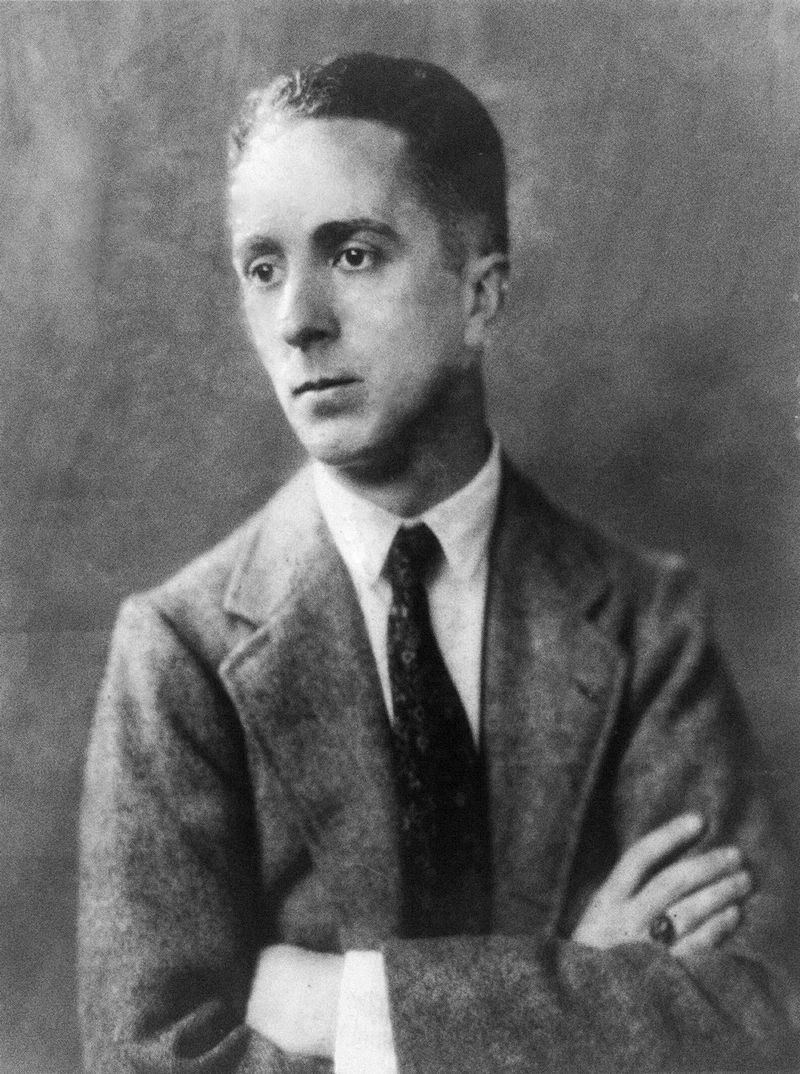


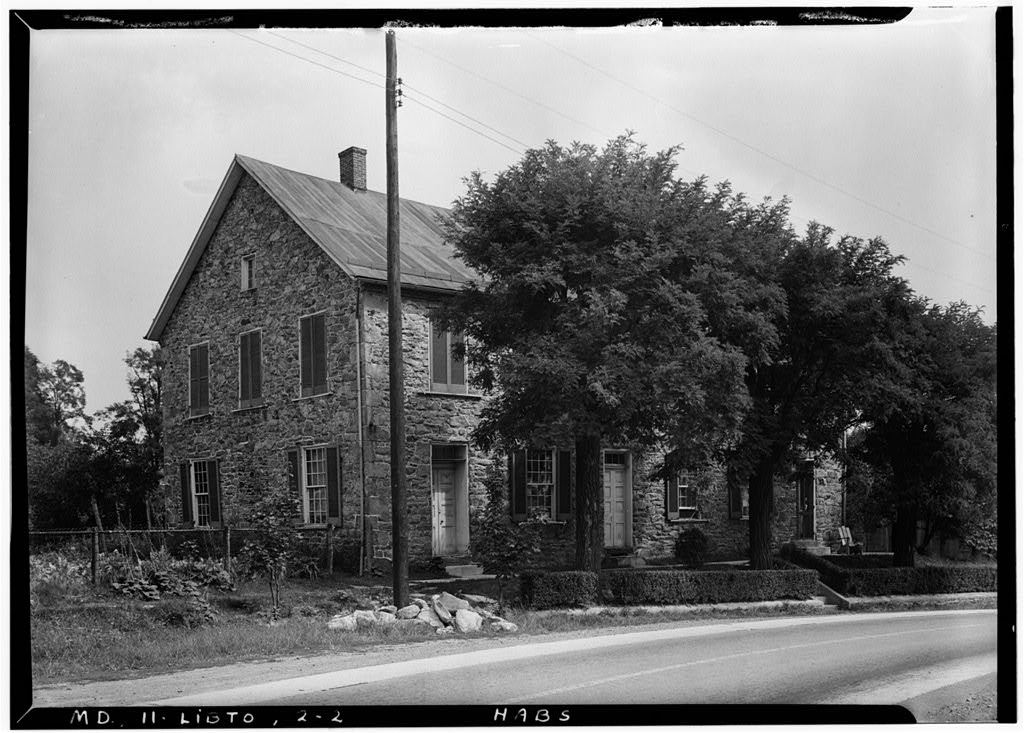


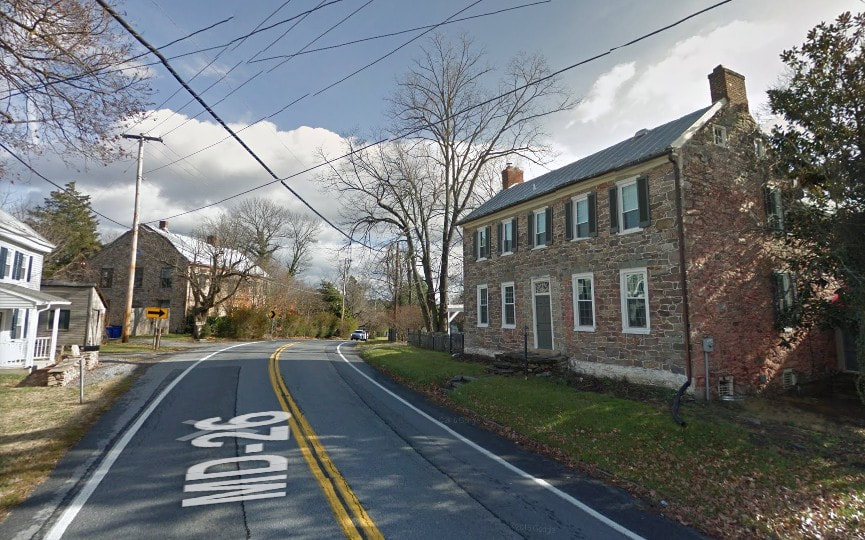

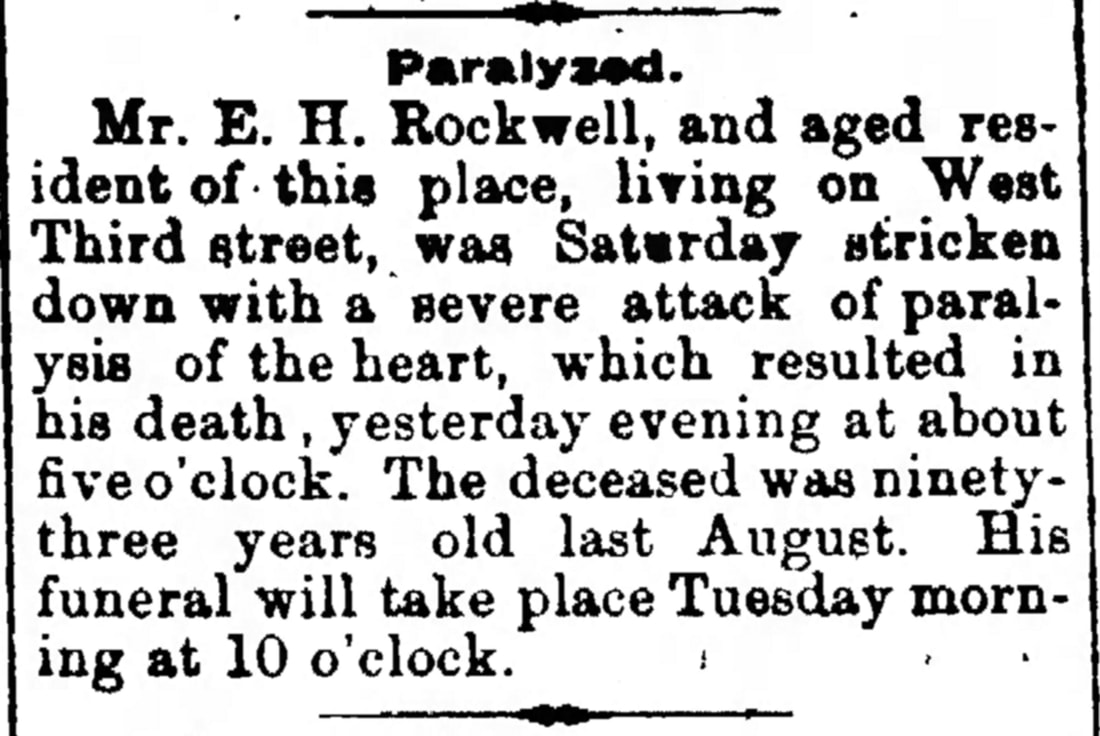







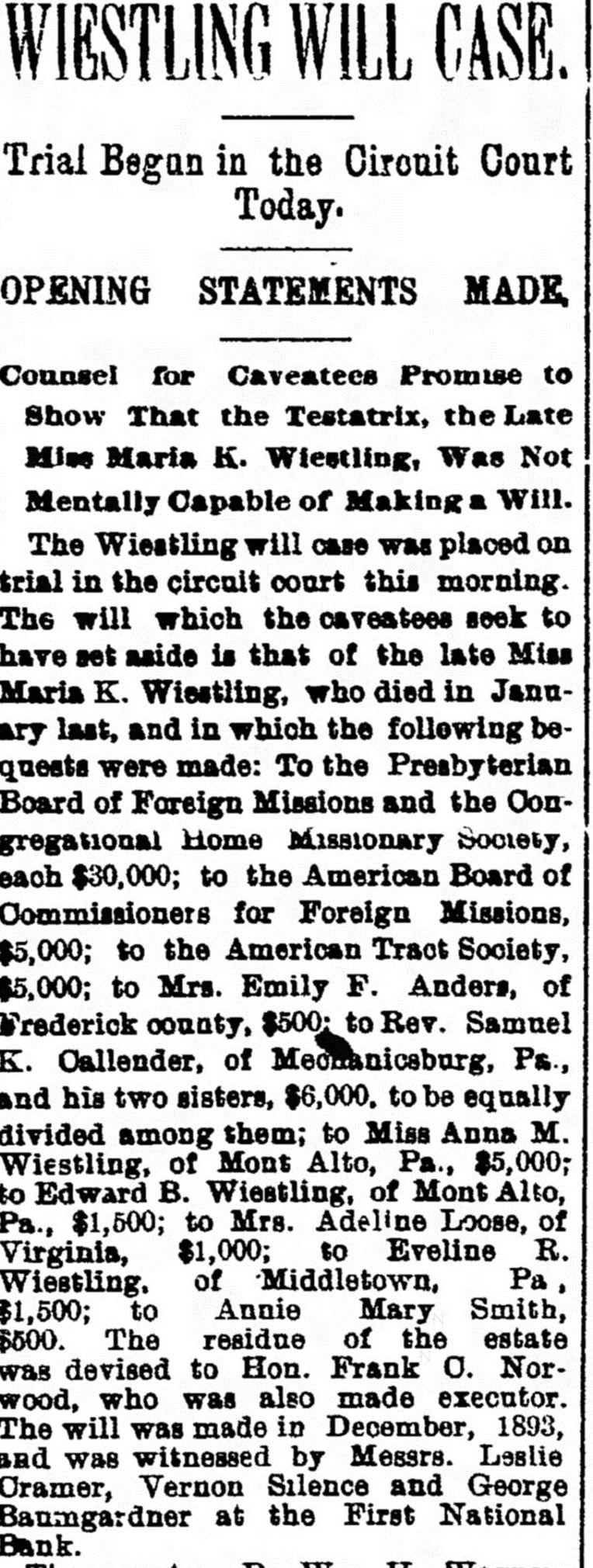








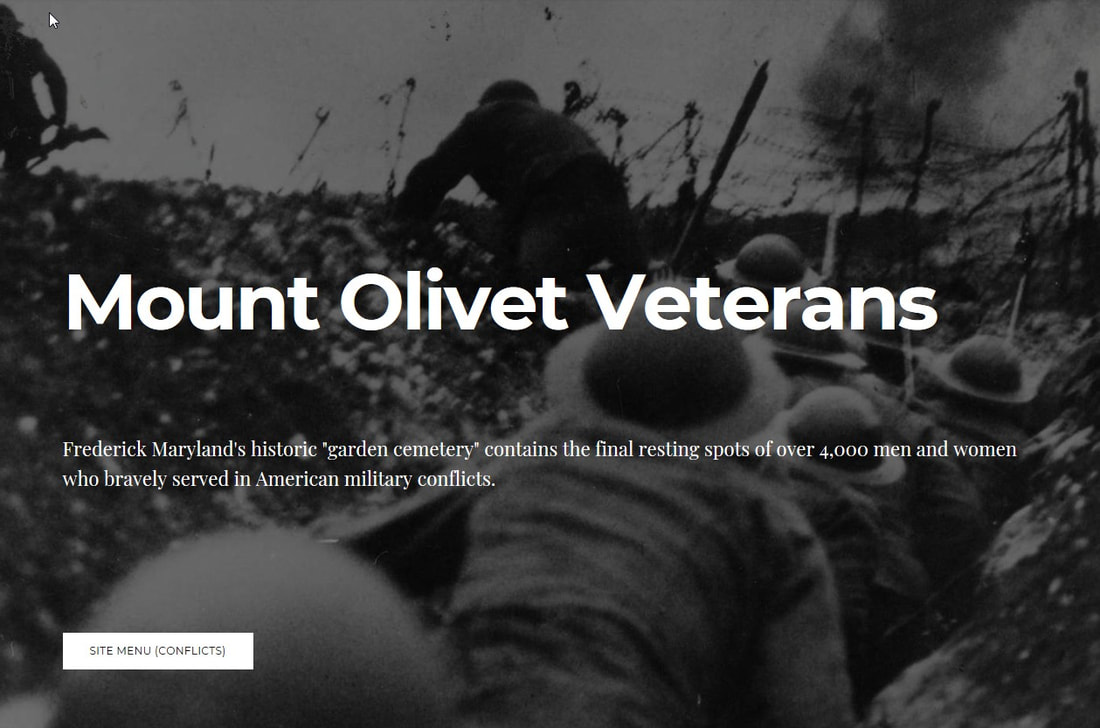








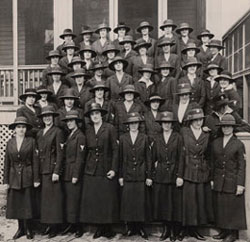

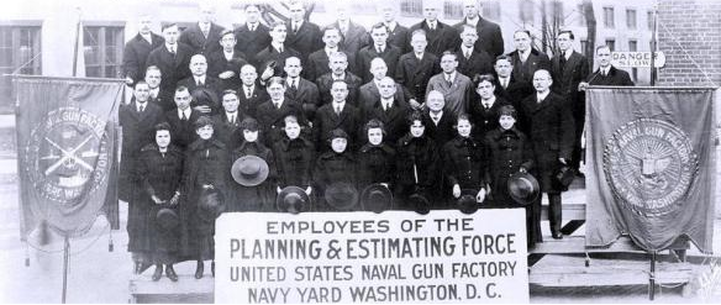

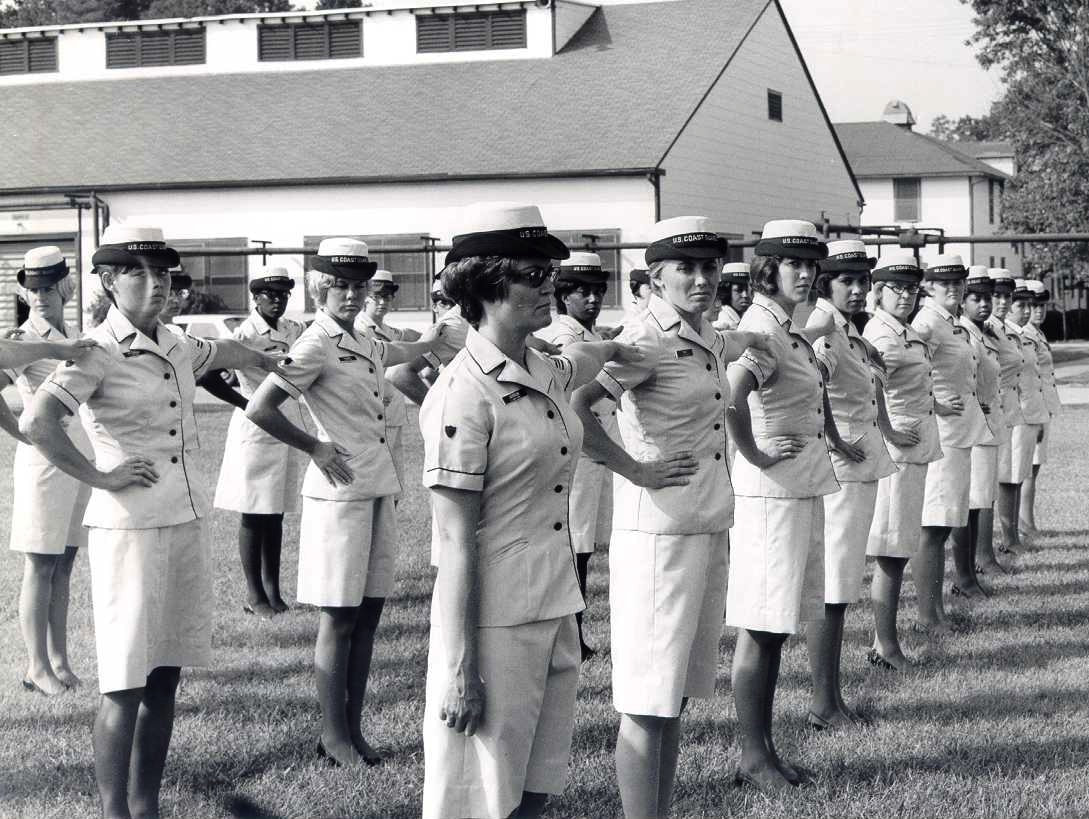
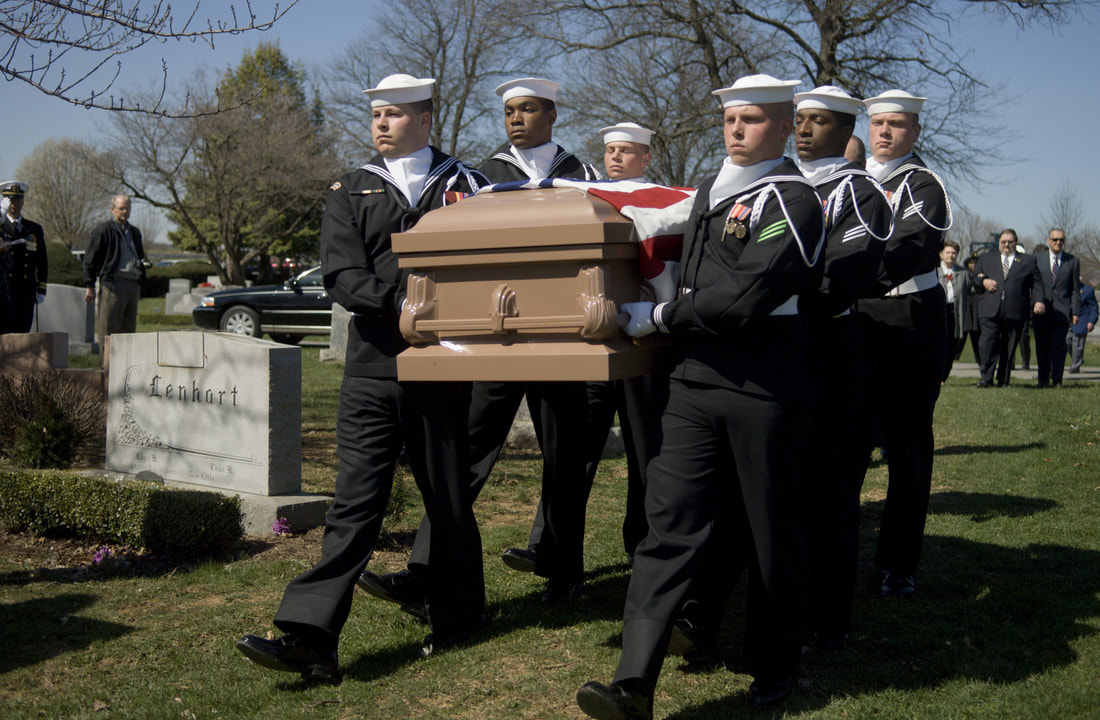

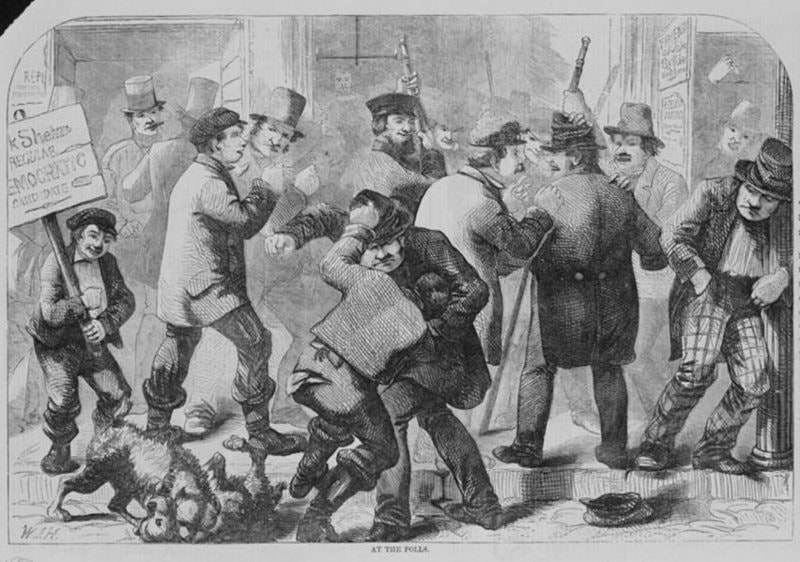
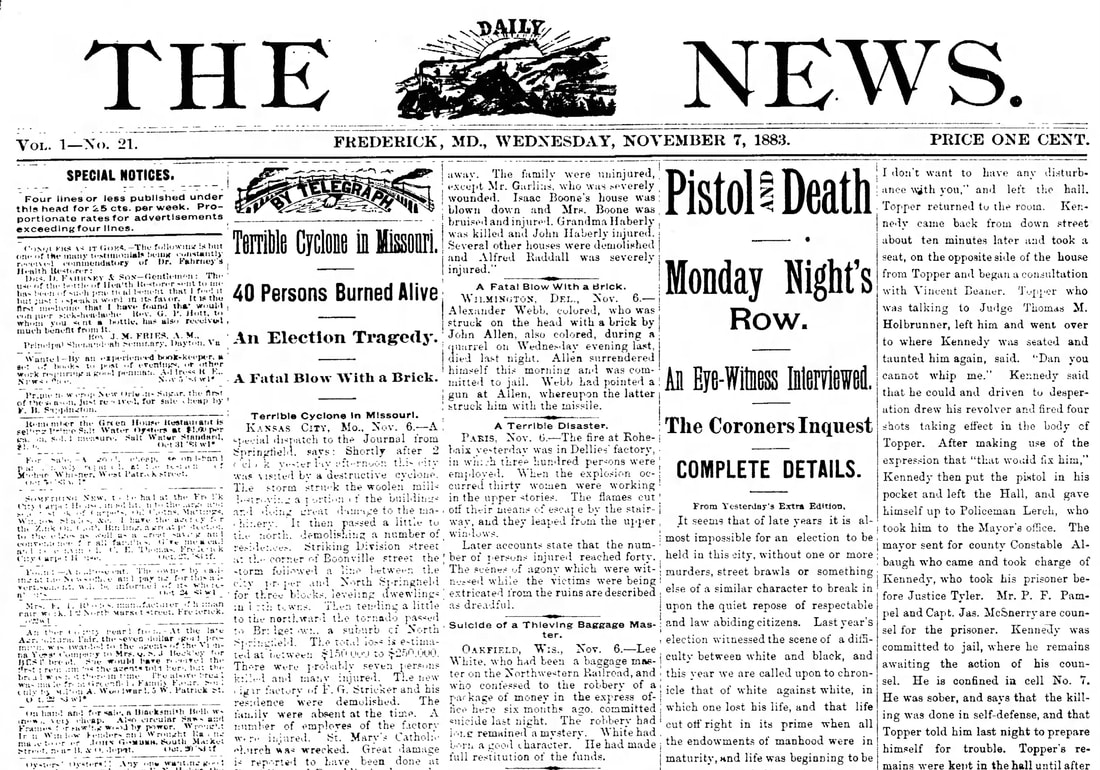





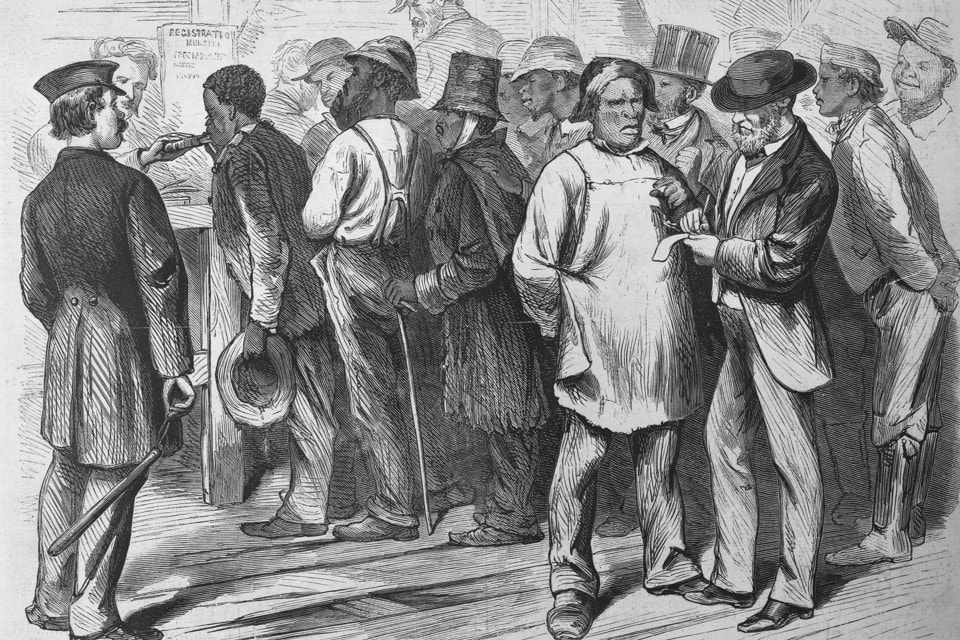





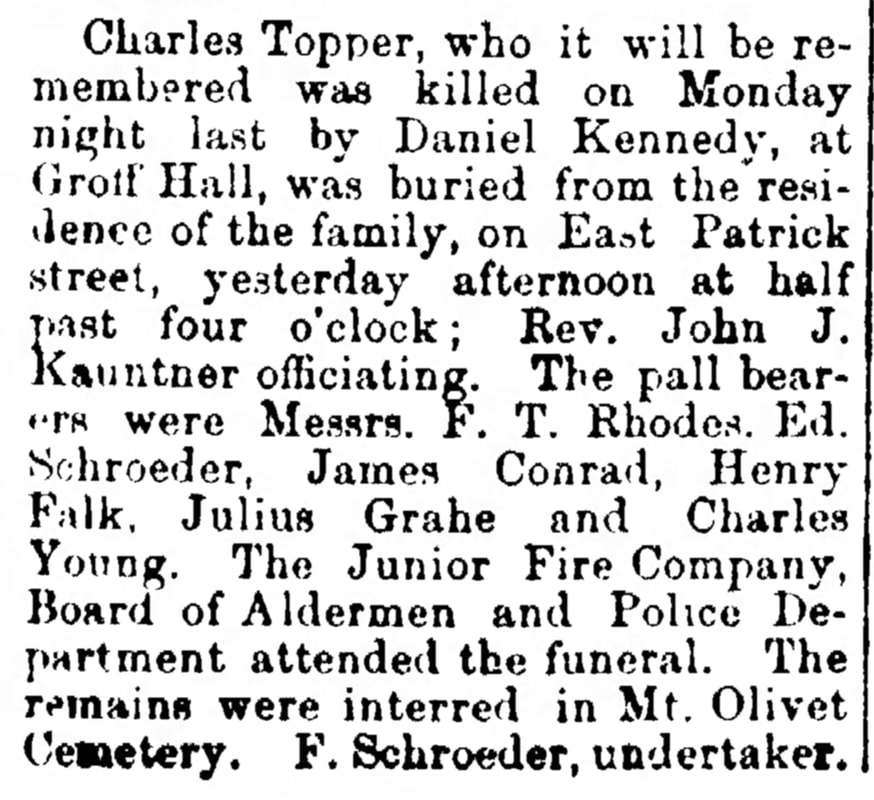





 RSS Feed
RSS Feed